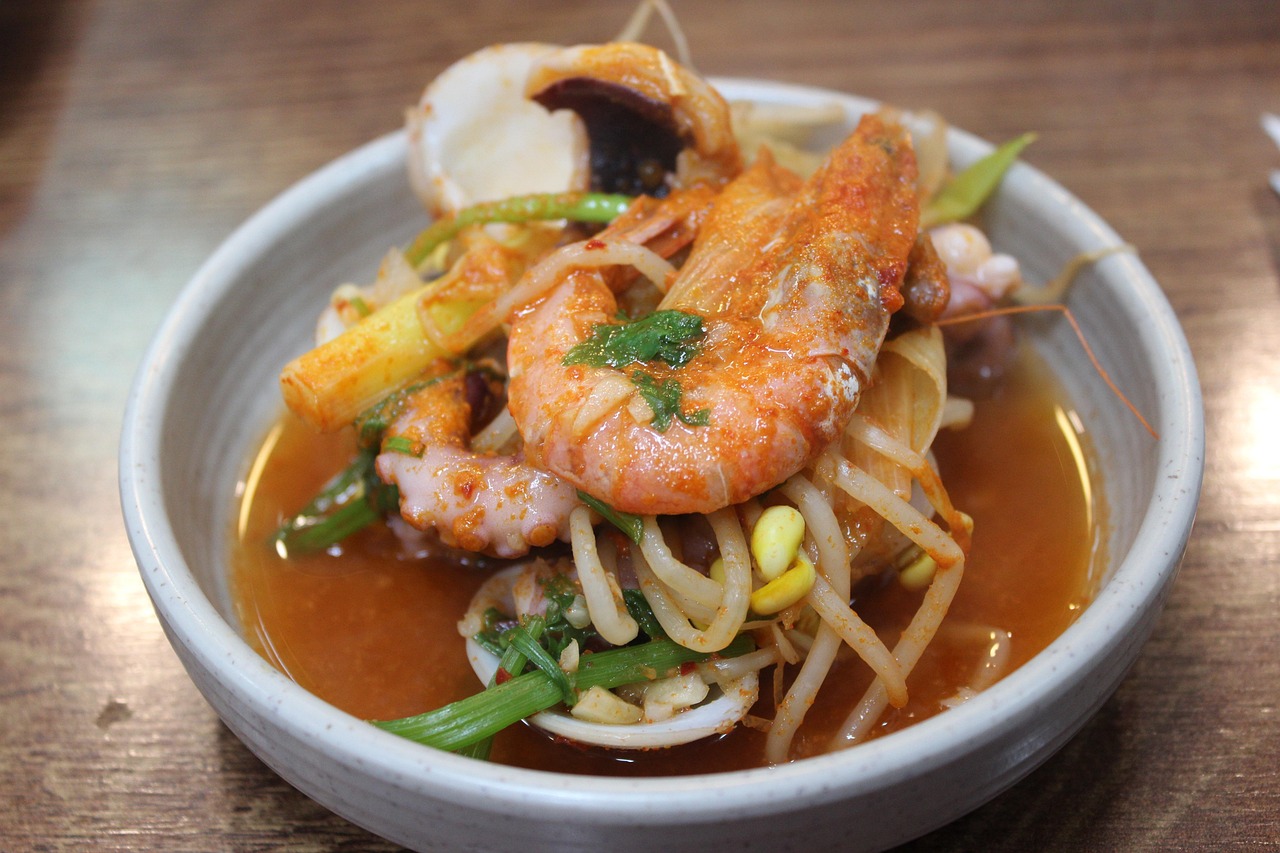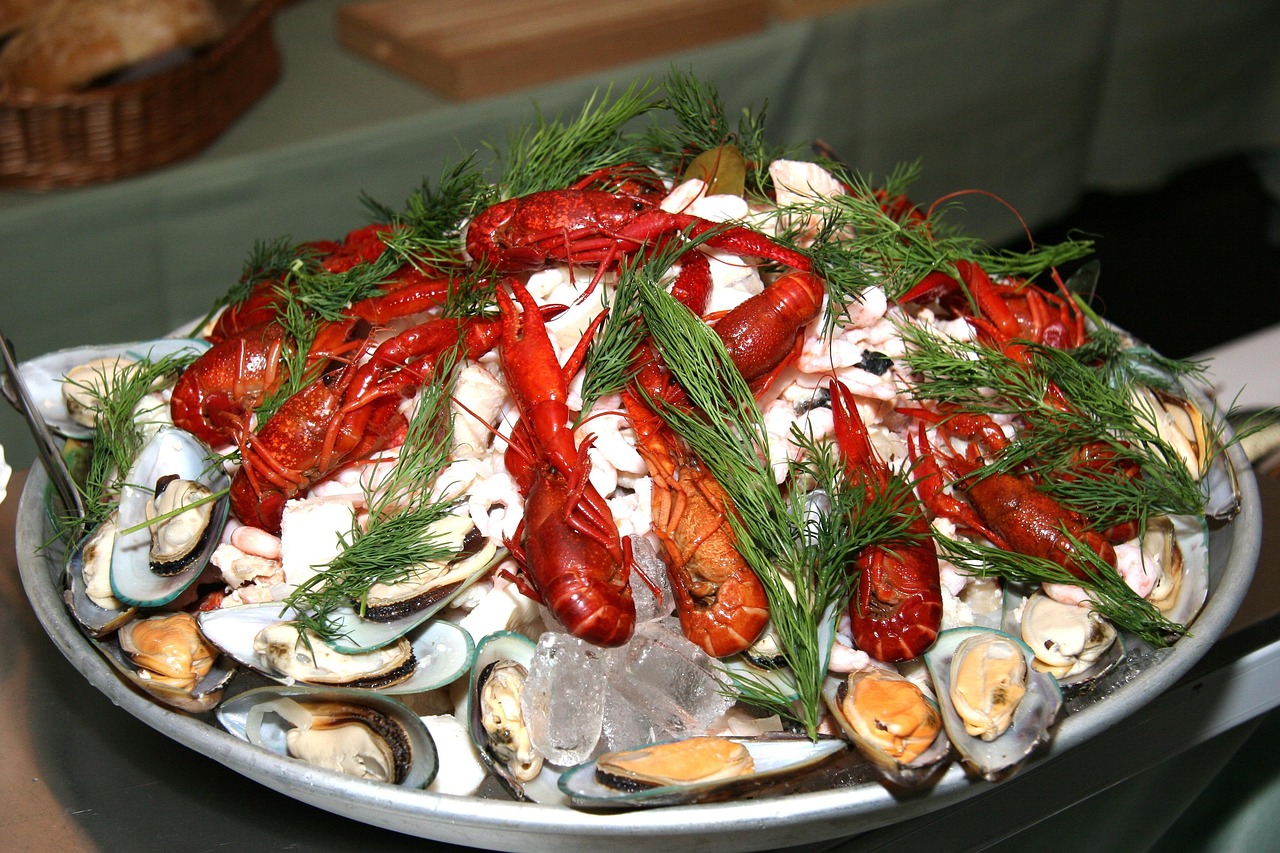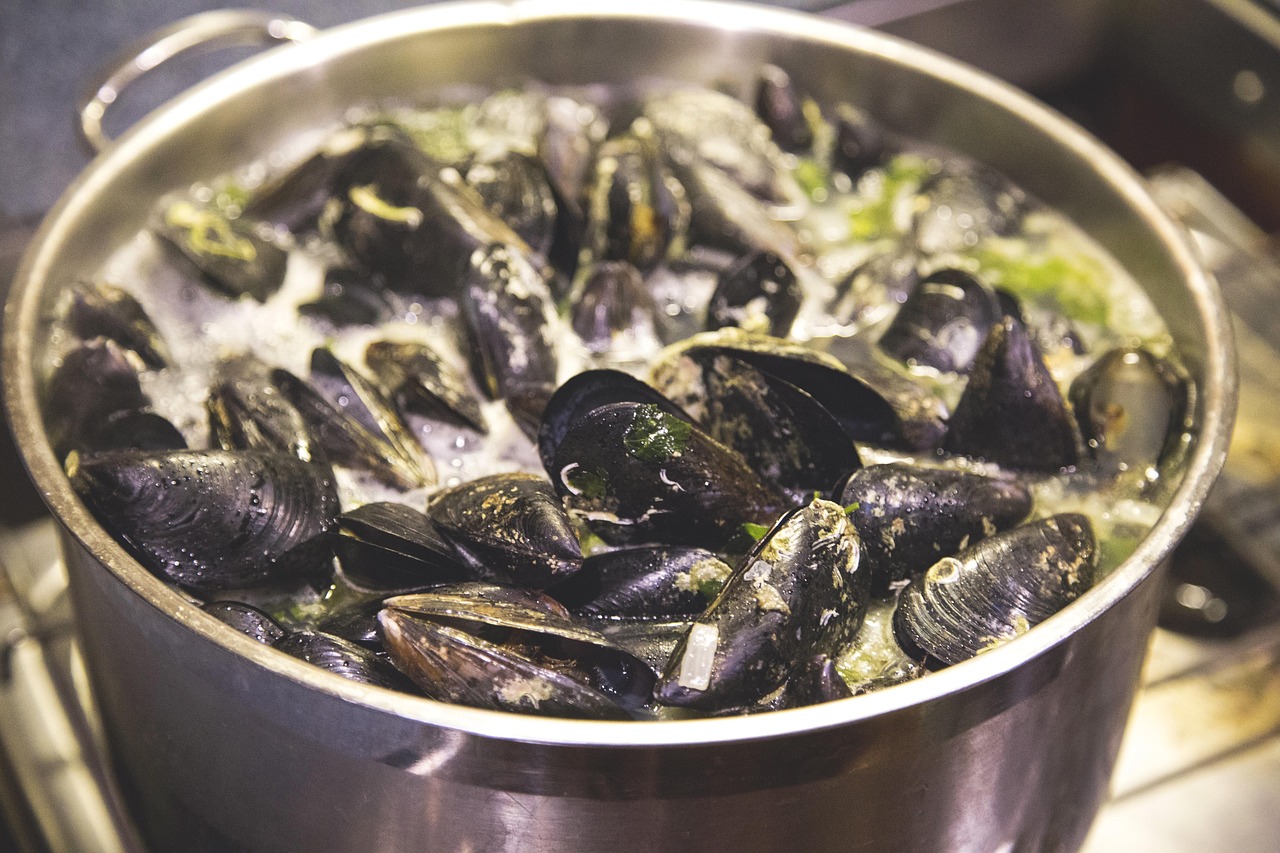- ACTIVITIES
The 100 Very Best Riddles


There’s something inherently communal and festive about a seafood boil. The aroma of spices mingling with the sweet scent of seafood, the lively chatter of friends and family gathered around a shared table, and the vibrant colors of the ingredients all contribute to an unforgettable culinary experience. Whether you’re a seasoned seafood enthusiast or a home cook looking to impress, mastering the art of the seafood boil is a rewarding endeavor. This comprehensive guide will walk you through the essentials, from understanding its rich history to perfecting your own flavorful creation.
The history of seafood boils is as rich and varied as the flavors they produce. Originating in the coastal regions of the United States, particularly in the South, seafood boils have been a staple of communal gatherings for centuries. These events were often held to celebrate bountiful harvests and bring communities together. The tradition is believed to have roots in both Native American and African American cultures, where seafood was abundant and easily accessible.
Over time, the seafood boil evolved, incorporating diverse cultural influences and regional ingredients. In Louisiana, for example, Creole and Cajun spices became integral to the boil, while in the Carolinas, the focus might shift to the inclusion of local produce. Despite these variations, the essence of the seafood boil remains the same: a joyous celebration of fresh ingredients and shared meals.

Creating a memorable seafood boil begins with selecting the right ingredients. Here’s a basic list to get you started:
These ingredients form the backbone of your seafood boil, but feel free to adjust quantities based on the number of guests or personal preference.
While the classic Southern seafood boil is steeped in tradition, modern techniques have introduced new flavors and methods. A traditional Southern boil typically involves boiling all ingredients together in a large pot seasoned with Old Bay, garlic, and lemon. This method infuses the seafood and vegetables with rich, spicy flavors.
Modern twists might include grilling certain elements, such as corn and sausage, to add a smoky depth to the dish. Another contemporary approach is to finish the boil in the oven with a drizzle of garlic butter, enhancing the flavors and ensuring a perfectly cooked meal. Both methods have their merits, and choosing between them depends on personal taste and the equipment available.
Choosing the right seafood is crucial for a successful boil. Freshness is key, so whenever possible, purchase seafood from a reputable fishmonger. Crab legs should be firm and heavy for their size, indicating full, meaty claws. Lobster tails should have a sweet, clean scent and a slightly translucent appearance.
Shrimp can be bought pre-peeled and deveined for convenience, but buying them in the shell can add more flavor to the boil. Clams should be tightly closed or close when tapped, indicating they are alive and fresh. Lastly, always ensure your seafood is sustainably sourced to support ocean health and local fisheries.
Old Bay seasoning is a hallmark of the seafood boil, lending its distinctive blend of spices to the dish. This iconic seasoning was developed in the 1940s in Maryland and has since become synonymous with seafood. Its complex mix of celery salt, paprika, black pepper, cayenne, and other spices provides a balanced flavor profile that complements the sweetness of the seafood.
While Old Bay is the traditional choice, don’t hesitate to experiment with other spice blends. Creole seasoning, for example, can add a different dimension with its emphasis on garlic and herbs. The key is to find the right balance that enhances the natural flavors of the seafood without overpowering them.
The broth is the heart of any seafood boil, and creating a flavorful base is essential. Garlic butter is a popular choice for its rich, aromatic qualities. To make it, simply melt butter and sauté minced garlic until fragrant. This mixture can be added directly to the boiling water or drizzled over the finished dish for added richness.
Incorporating Creole garlic, a blend of garlic, herbs, and spices, can elevate the broth with its robust flavors. The combination of these two elements ensures a savory, aromatic base that permeates the seafood and vegetables, enhancing the overall taste of the boil.

Follow these steps to create a delicious seafood boil:
Enhance your seafood boil with a selection of dips and sauces. Classic melted butter is a must, offering a rich, savory complement to the seafood. For a spicy kick, consider serving a cocktail sauce made from ketchup, horseradish, and a splash of lemon juice. Aioli or remoulade can add a creamy element, while a simple garlic and herb dip provides a fresh contrast.
While the traditional seafood boil is a beloved classic, there are numerous ways to customize the dish to suit your tastes. For a Mediterranean twist, add olives, artichokes, and a sprinkle of feta cheese. A Thai-inspired boil might include lemongrass, coconut milk, and chili paste for a fragrant, spicy take.
You can also experiment with the types of seafood used. Mussels, scallops, or even fish fillets can be included for variety. The key is to maintain a balance of flavors and textures, ensuring each element complements the others.
Even experienced cooks can encounter challenges when preparing a seafood boil. Overcooking is a common issue, leading to rubbery seafood. To avoid this, carefully monitor cooking times and remove each ingredient as it reaches perfection.
Another potential pitfall is under-seasoning. A well-seasoned broth is crucial for infusing the seafood with flavor. Taste the broth before adding the seafood and adjust the seasoning as needed. Finally, ensure your seafood is fresh to avoid any off flavors that can detract from the overall dish.
Adapting your seafood boil to the seasons can enhance both flavor and sustainability. In spring, focus on fresh shrimp and clams, which are abundant during this time. Summer is ideal for crab and lobster, their peak season ensuring the best quality.
As fall arrives, consider incorporating oysters and mussels, while winter offers the perfect opportunity to experiment with heartier fish like cod or halibut. By aligning your ingredients with the seasons, you can enjoy the freshest flavors and support local fisheries.
Complement your seafood boil with a selection of sides that enhance the meal. A simple green salad with a tangy vinaigrette can provide a refreshing contrast to the rich flavors of the boil. Cornbread or crusty bread is perfect for sopping up the flavorful broth.
For a heartier option, consider serving rice or a pasta salad alongside the seafood. These sides not only add substance to the meal but also allow guests to customize their plates according to their preferences.
For those seeking a healthier version of the traditional seafood boil, consider reducing the amount of butter and sausage used. Opt for leaner protein options like white fish or scallops, and increase the proportion of vegetables such as zucchini or bell peppers.
Steaming the seafood instead of boiling can also help retain more nutrients while reducing the overall calorie content. Season generously with herbs and spices to ensure the dish remains flavorful and satisfying.
A seafood boil is more than just a meal; it’s an experience that brings people together. By understanding its history, selecting quality ingredients, and mastering the cooking techniques, you can create a memorable feast that delights all who partake. Experiment with flavors, embrace the communal spirit, and enjoy the delicious rewards of your efforts.